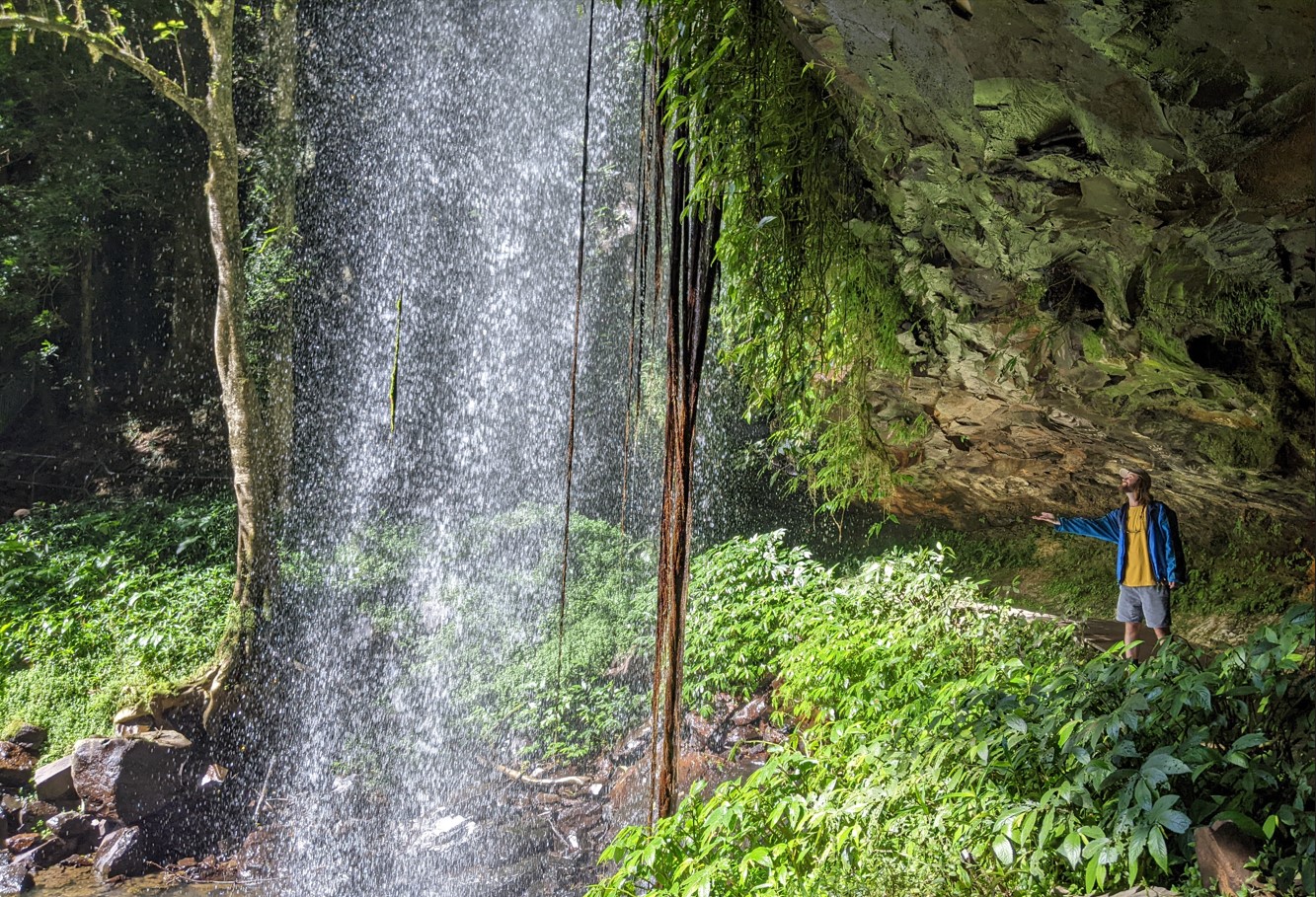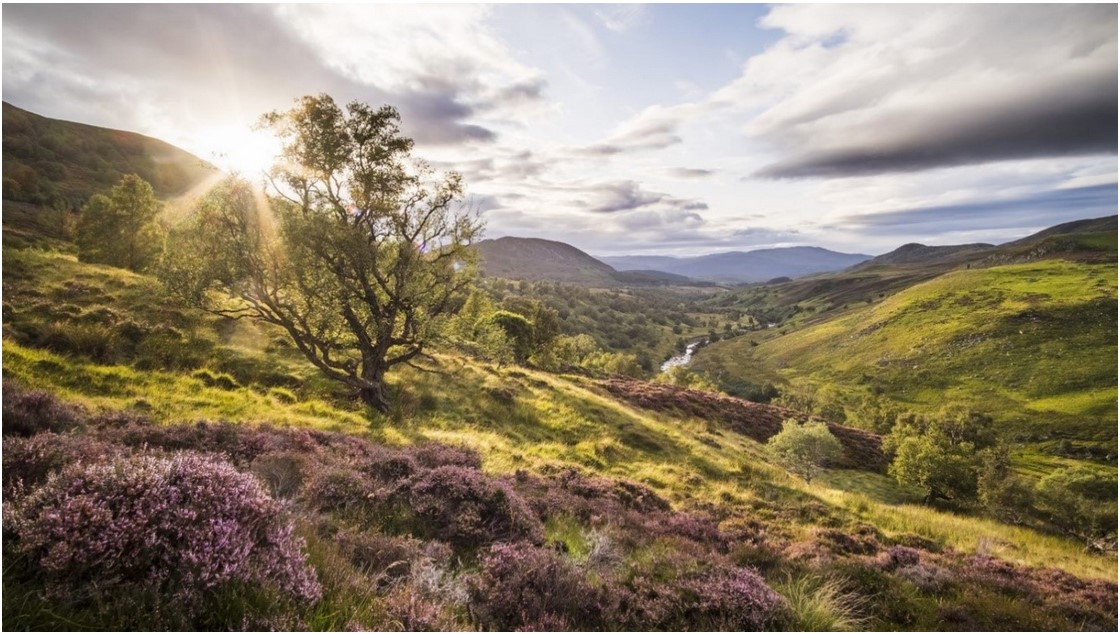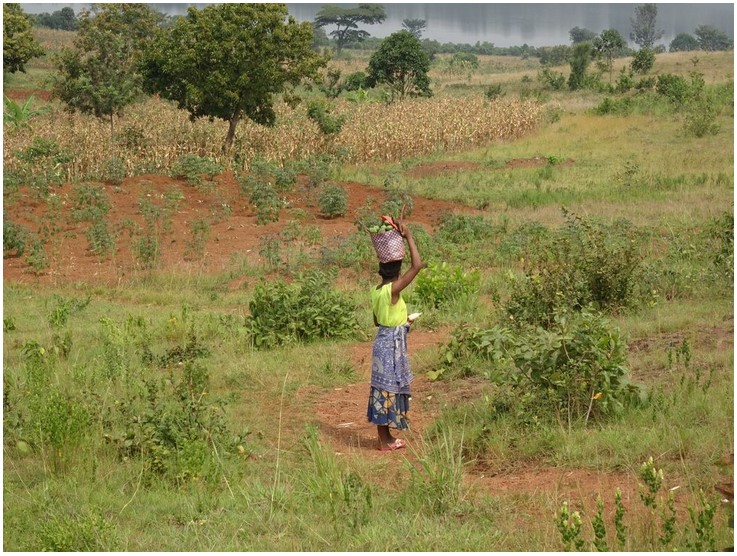Meet the team: Sam Cartwright, Species Recovery Specialist
Meet Sam Cartwright, Lifescape's Species Recovery Specialist
“The truth is: the natural world is changing. And we are totally dependent on that world. It provides our food, water and air. It is the most precious thing we have, and we need to defend it.”
~ Sir David Attenborough
This blog post is the second in a series explaining how we work at the Lifescape Project, how we use different skills, and - most importantly - how we collaborate and combine our five core areas of expertise to tackle the complex challenge of the biodiversity crisis.
The other posts in this series can be found here:
The Lifescape Project: Working Across Disciplines to Achieve Our Vision
Bringing the Future to Life: the Role of Culture and Technology in Rewilding
In our previous post we discussed how our interdisciplinary approach helps us to understand the complex social and economic issues intertwined with the protection of wild landscapes. One of the ways we do this is through our work on natural capital, a concept which we explore further in this blog post, while giving examples of how we apply it to our work.
There are many types of capital we recognise as important for economic production and, in turn, society. For example, financial capital – money – is widely recognised within our economic system. Other types of capital include manufactured, social, human and natural capital. The concept of natural capital arose in the 1970s, as a way to highlight the fact that, whether directly or indirectly, thriving economies depend on the existence of healthy ecosystems.1 It is often represented by a stocks and flows model whereby natural capital is a collection of assets (stocks) producing ecosystem services (flows), that generate societal benefits (Figure 1).2

Figure 1. Diagram showing the relationship between natural capital (stocks), ecosystem services (flows) and valuation (benefits).
The adoption of natural capital assessment and accounting methods has gained popularity in recent years, with businesses, NGOs, and governmental organisations (including the United Nations), increasingly employing them as part of their response to the climate and biodiversity crises.
In a rewilding context, we use natural capital to demonstrate and communicate the economic value that highly-functioning, biodiverse ecosystems provide. For example, vegetation filters pollutants from the air, healthy peat bog contributes to climate regulation by sequestering carbon, and natural landscapes provide spaces for people to exercise and quietly reflect. We strive to innovate new approaches and expand our understanding within the realm of natural capital and rewilding, and to share this knowledge with others so that they too can use the concept to advocate for nature. The following sections discuss how we apply natural capital within our projects to achieve this goal.

Being immersed in nature is valuable in many respects – through aesthetic values, hiking for recreation and a sense of connection with the non-human world. Including these in natural capital assessments helps to highlight the importance of these values to people.
We have partnered with consultancy firm AECOM, the University of Cumbria and landowners Emilia and Roger Leese, to deliver an innovative rewilding project testing new technologies and methods to account for Natural Capital.
The NCL, based at a site called Birchfield in the Scottish Highlands, spans 43 hectares of varied habitats including peatlands, meadows and woodland. We are undertaking ecological restoration of the site, such as native tree planting and peatland rewetting, while using natural capital accounts to report on change in the values being delivered by the site year on year. Each project year, we explore experimental approaches to natural capital accounting such as using advanced technology to improve carbon flux measurements, addressing challenges around quantifying and valuing biodiversity, and exploring social capital accounting.
Through combining rewilding and natural capital principles, the NCL seeks to demonstrate how rewilding landscapes can significantly enhance the delivery and value of ecosystem services. The NCL also exemplifies our cross-disciplinary approach to rewilding, as it integrates Lifecape's economic, ecological, cultural and technological thematic pillars of work. The development of the NCL’s Digital Twin (a digital web-based model of the site) is an example of the economic and technological nexus, as it applies various technologies like AI, remote sensing and GIS, to better represent different elements of the environment as natural capital assets.
You can access the model here, which we hope will become an increasingly accurate digital replica of the site and an example to others.

The site of the Natural Capital Laboratory, Scotland.
In April 2023, we concluded a feasibility study for a pilot payment for ecosystem services (PES) project in Rwanda. PES is a market mechanism that facilitates trade between those who provide vital ecosystem services from their land, and those who benefit from and are willing to pay for those management actions. Our focus for this project was connecting rural communities (the sellers) to global markets for carbon offsets and biodiversity credits (the buyers). The PES study was a collaborative effort which involved working closely with the Rwanda Wildlife Conservation Association to evaluate the costs and benefits of restoring four distinct land parcels, each with its own unique characteristics in terms of ecosystem, region, and land ownership.
Our assessments and decision-making processes were based on natural capital methods, aligning with the Rwandan government's strategy to integrate environmental factors into economic decision-making. Taking this approach strengthened partnerships with Rwandan authorities, contributed to capacity building within the Rwanda Wildlife Conservation Association, and allowed a more holistic array of benefits (in addition to financial) to be included in our cost-benefit analyses. In the long term, the objective of the pilot is to provide a scalable blueprint for financing community-implemented ecological restoration projects across Rwanda.

Restoring landscapes to be more ecologically resilient occurs within a complex socio-ecological system. Natural capital provides a framework to consider the dynamics and trade-offs between different land use management options.
The concept of natural capital is a powerful tool that we use as part of our economic toolbox for restoring and protecting wild landscapes. Here we have discussed the Natural Capital Laboratory, which applies novel approaches to improving, measuring and monitoring natural capital in a rewilding context, as well as our payment for ecosystem services pilot project in Rwanda which aims to facilitate finance streams for communities to protect and improve ecosystems. To find more information on how we harness environmental economics and natural capital thinking to protect nature, visit our website and follow our social media channels.
The next blog post in this series will explore how we approach culture and technology, as part of our holistic approach to protecting and restoring wild landscapes.
Visit our 'What We Do' page to discover more about our projects.
1. Daly, H. E. (1996) Beyond growth: the economics of sustainable development. Beacons Press: Boston, MA.
2. Schumacher, E. F. (2011) Small is beautiful: A study of economics as if people mattered. Barcelona: Random House.
Meet Sam Cartwright, Lifescape's Species Recovery Specialist
Meet Catarina Prata, Rewilding Lawyer at Lifescape
Meet Lifescape's Rewilding Economist, Amelia Holmes